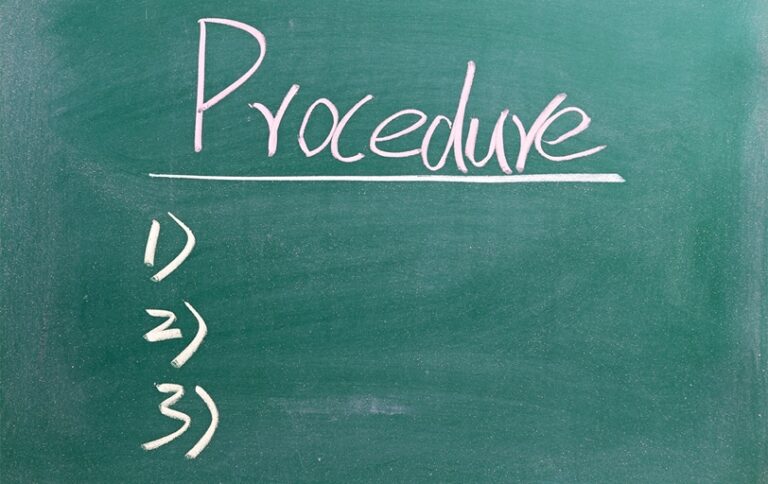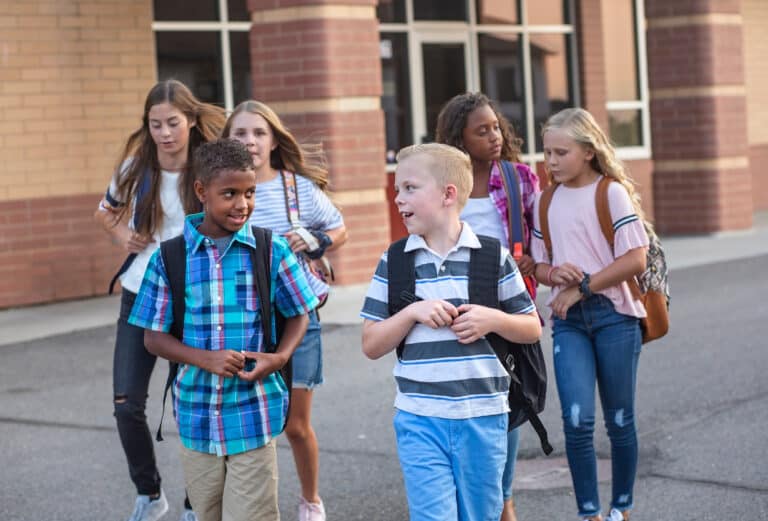The more complex a problem is and the more reasoning required to get to a solution, the deeper the level of thinking and learning. When it comes to designing assessments, if there’s only one way to do something, that’s less complex. While there’s certainly room for questions that have only one answer and test the foundational knowledge and skills we need students to master, we must focus on the level of rigor, too: providing students the opportunity to figure it out, not just look it up.
Let’s talk about what rigor isn’t:
- More work, more homework
- Something that’s just plain difficult
- Standardized – what’s rigorous for one student may not be rigorous for another, and vice versa
- Pushing down by giving college work to high school students, high school work to middle school students, etc.; this can be rigorous for some students but isn’t an automatic translation
- Quantified by the amount of work completed
Let’s talk about what rigor does and is:
- Challenges students’ thinking in new and interesting ways
- Cultivates a sophisticated understanding of fundamental ideas
- Driven by a curiosity to discover what they don’t know
If learners are engaged in a rigorous task, their brains should be tired! Many assessments – including some I’m guilty of giving my own students when I was in the classroom – might only be challenging students at a level one or two, according to Webb’s depth of knowledge.
- There is a right answer, and I’m hoping that you give it to me. Facts. Recall. Simple reproduction of something that’s already out there. You know it, or you don’t know it.
- Answers how or why. There’s still a right answer, but there’s may be multiple paths to get there. Your evidence could vary.
- There might be more than one answer. An example would be that instead of giving the kids two things to compare, they’re determining what they want to compare and how. Three starts to be about your student’s thinking, their processes to get to the outcome. In most cases, we also consider a level three to be a demonstration of mastery.
- Incorporates all other levels. Needs comprehension, needs to be able to make inferences. Asks the learner to make meaningful connections between various content areas. Also includes the creation of authentic ideas, products, etc.
Take a look at the assessments you’ve created. Are you only asking low-level questions? How could you increase complexity? Could you practice moving from a level one to a level two or three? What’s your role as a teacher at each level?
We feel a lot of ownership over the things we’ve spent time creating – but taking the time to think about the outcomes you were aiming for and whether or not the student work reflects the expectation can be a powerful exercise. This is even something you can do with your students: take an existing question and practice making it richer and deeper. Learners are not only collaborating with each other, but we’re also modeling thinking critically about questions and providing students the opportunity to take ownership of the learning.
Because if learners never have a reason or opportunity to apply what they’re learning, you’re going to get the question, “Why do I need to know this?”
And if you can’t give them the opportunity, maybe they don’t.






